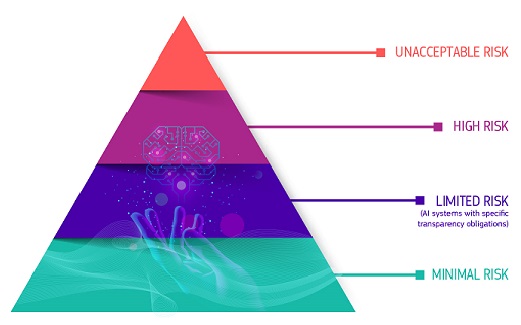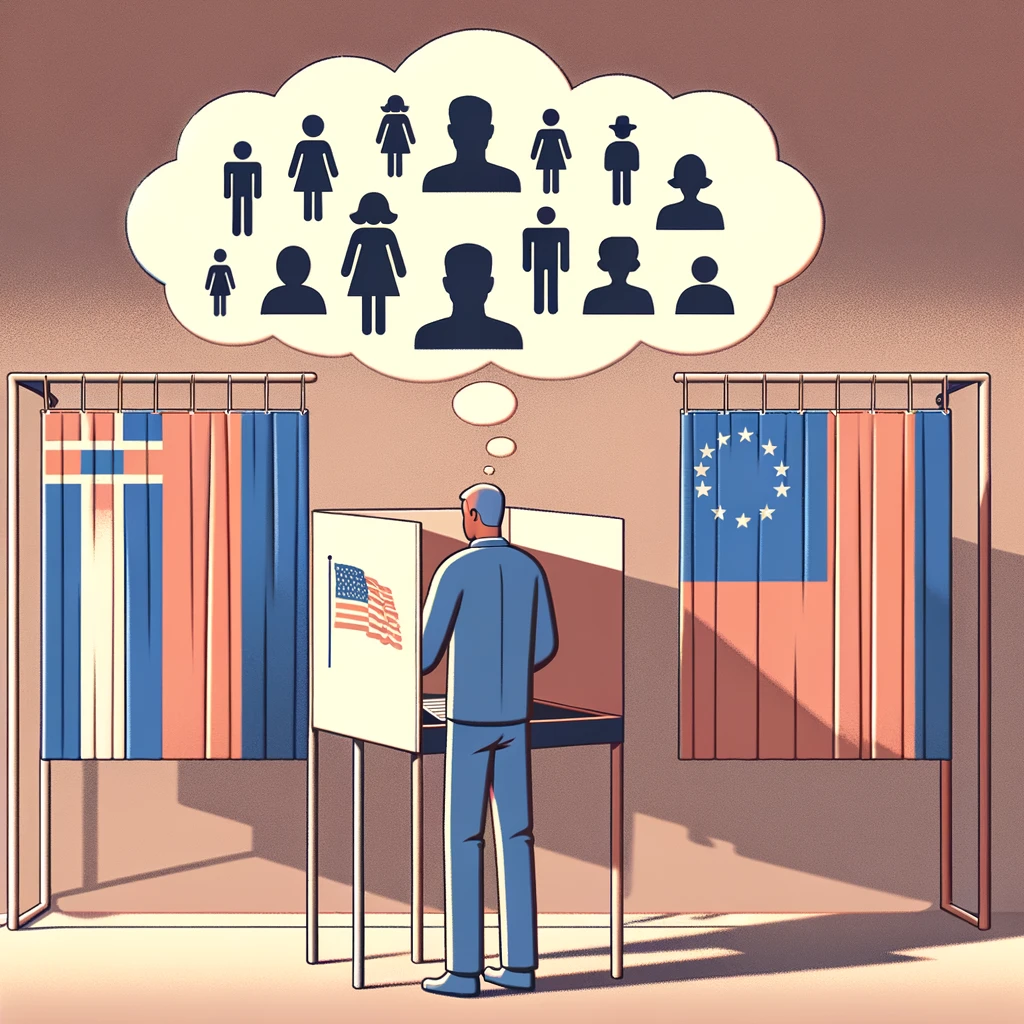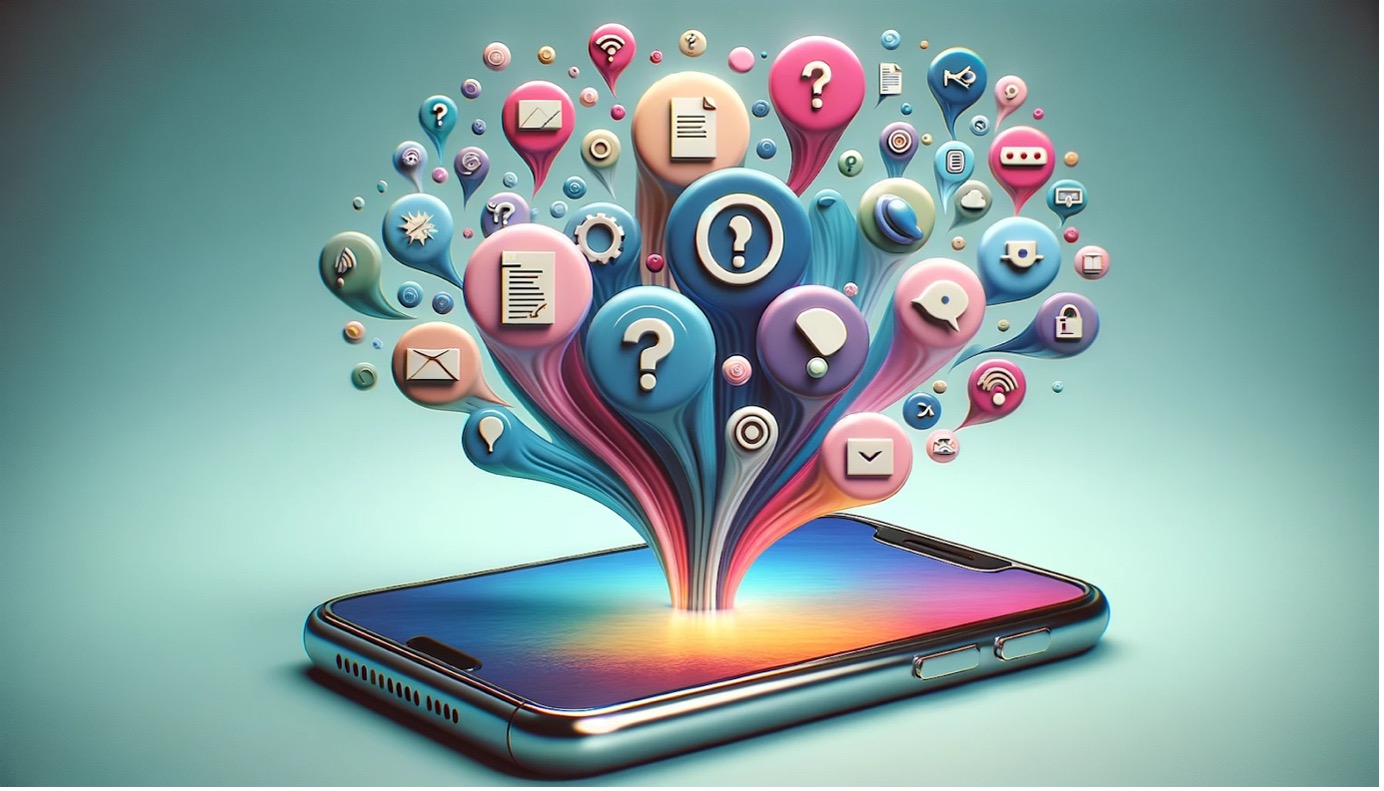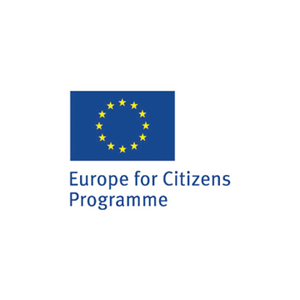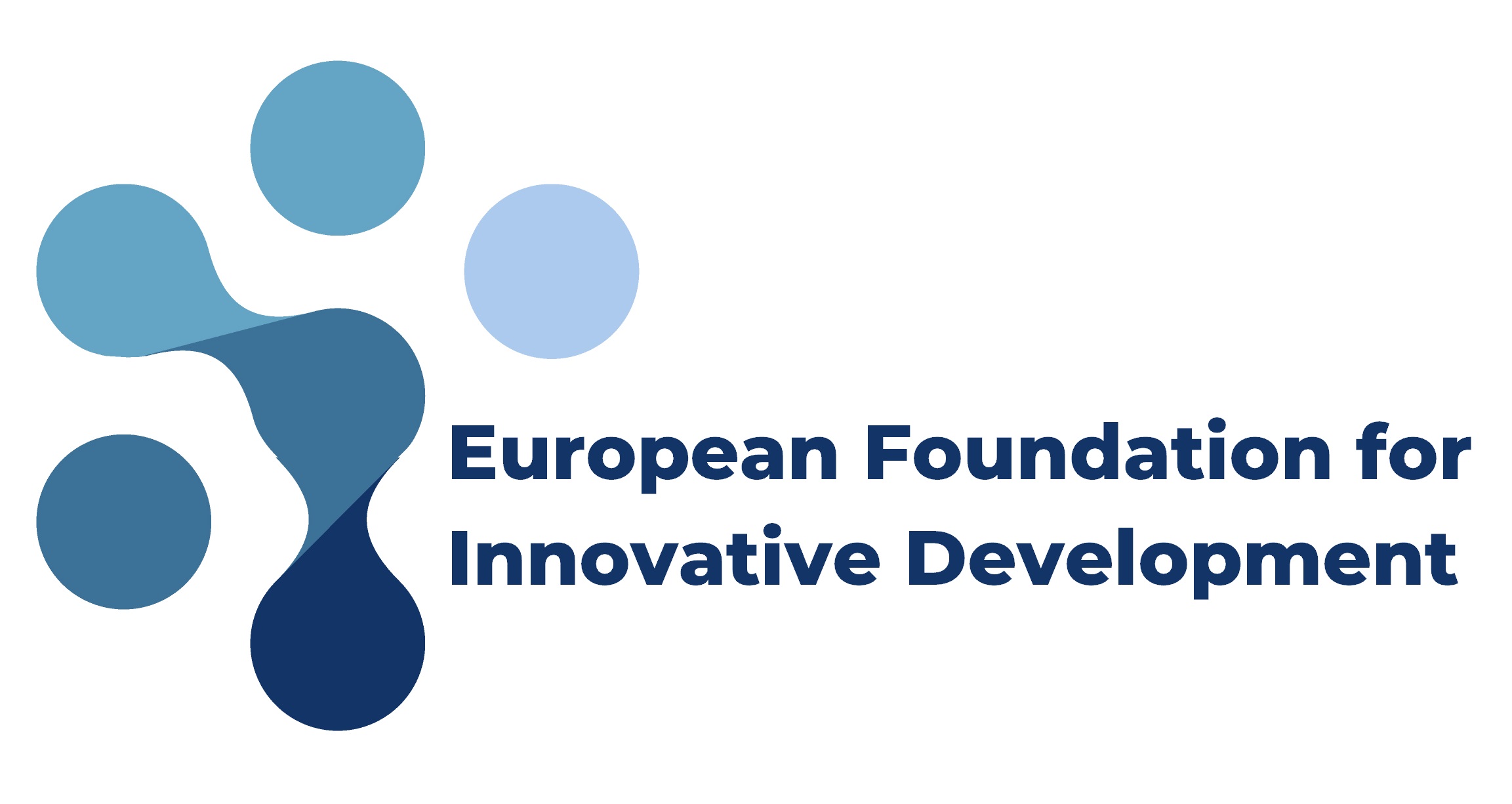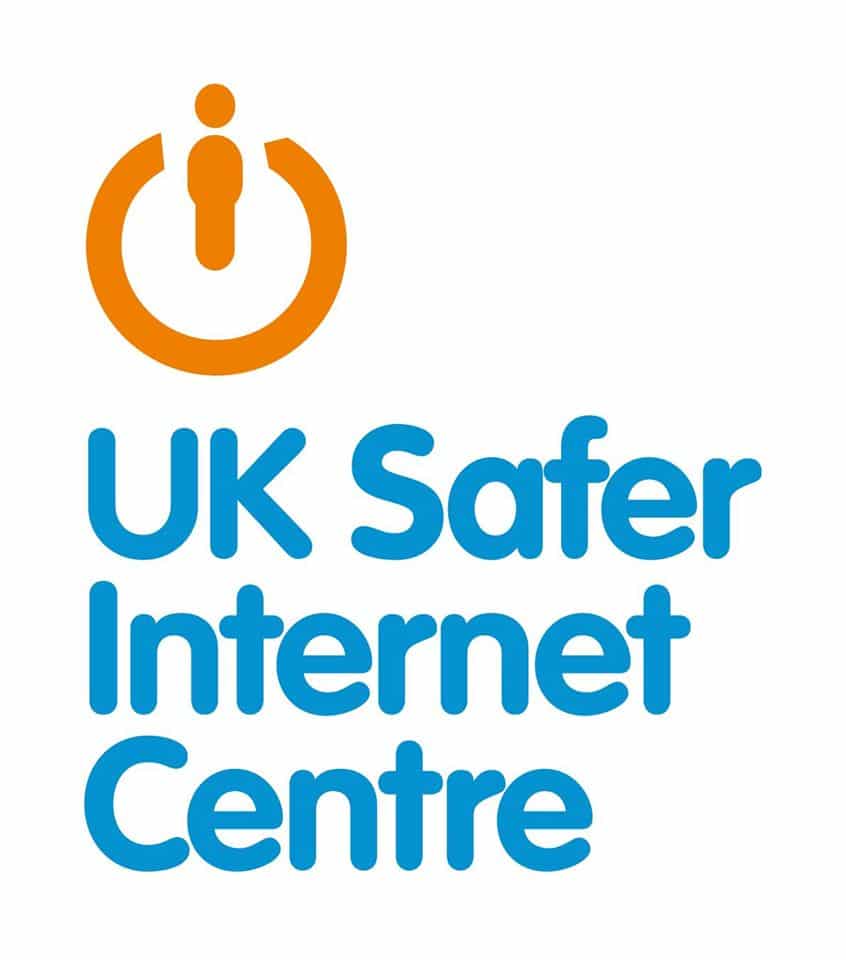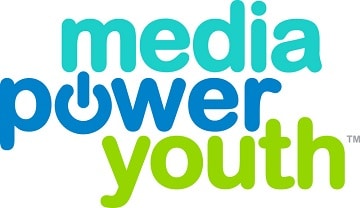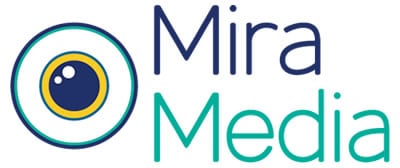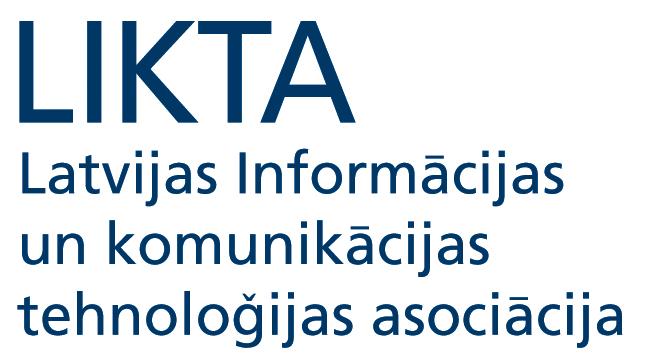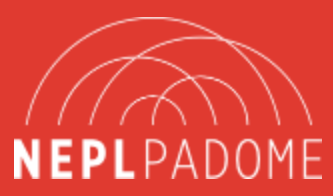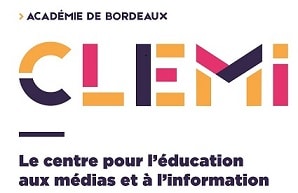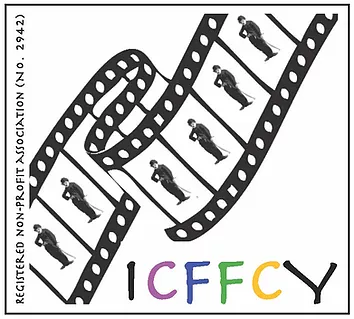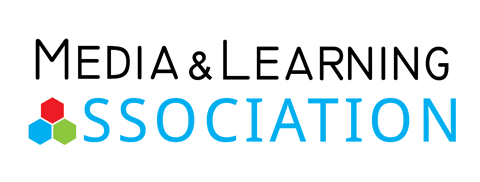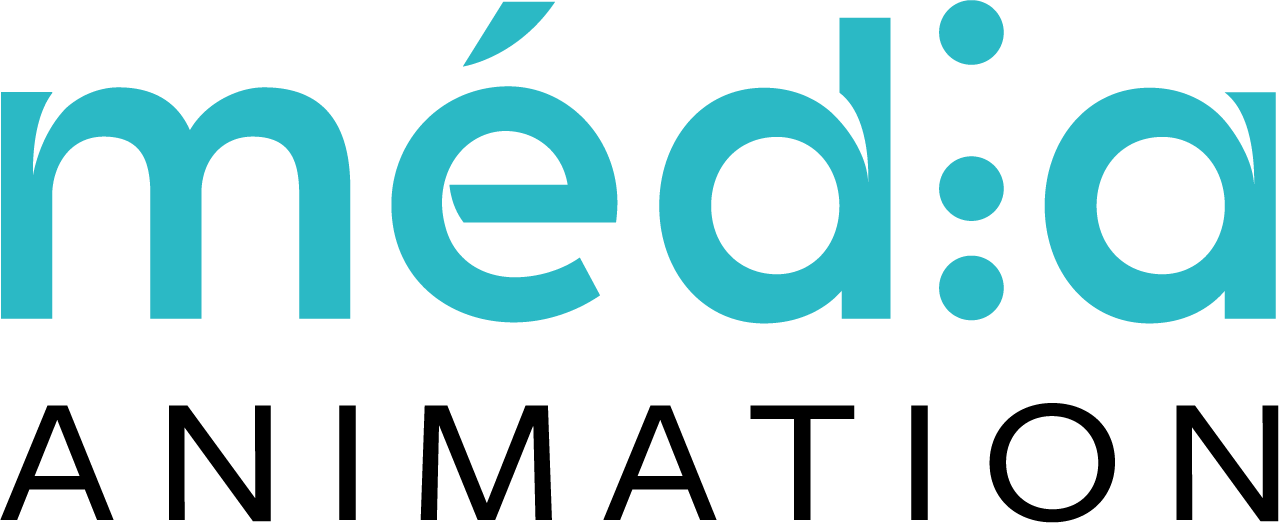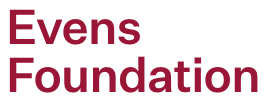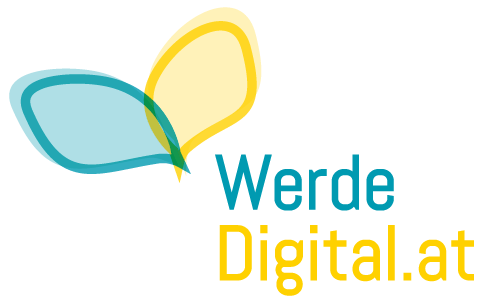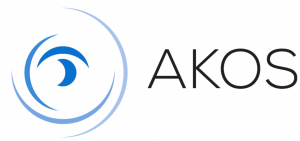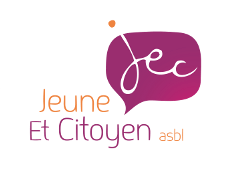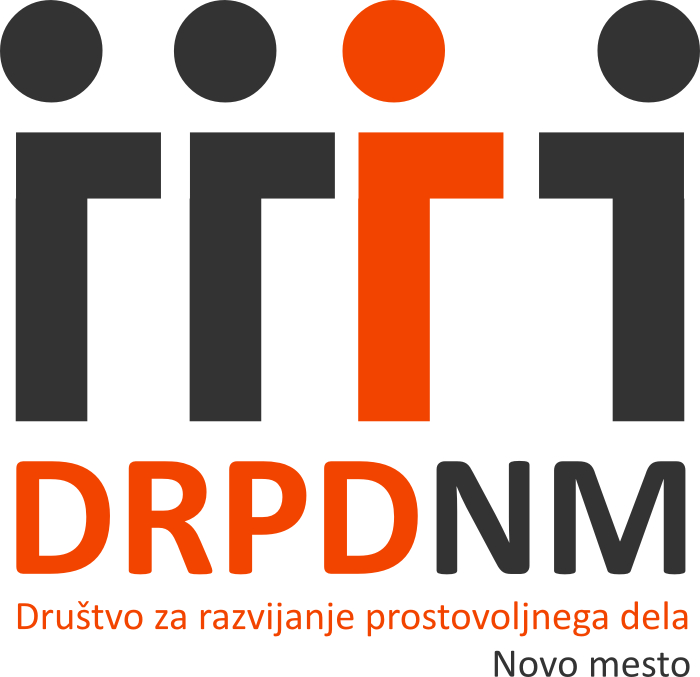Media have inundated our lives. The Internet is the dominant source of information and social media is the main communication channel. In Europe, more than 50% of the European people used social media in 2016. In 2020, 94% of the adults in Iceland used their social networks. These numbers reveal the position of social media in the tangible world and at the same time, they highlight the differences between the genders in the digital one (Statista, 2021). However, are these two worlds that different? Are they connected or do they overlap?
Brook Duffy, associate professor at Cornell University, mentioned that “the social media age is often touted as a meritocracy, wherein the ‘best’ content gets rewarded with quantifiable indexes of status: likes, follows, and favorites. But the reality is, women’s voices—be it in the realms of politics, sports, journalism, or academia—fail to register the same level of attention” (Smith, 2019). The way that perceptions and beliefs are disseminated through social media affects our way of thinking! Likewise, the tangible world, in the digital one social inequality exists and, sometimes, it is aggravated by gender bias.
Various factors, such as gender representation in media, play a role in gender discrimination. Media nurture gender roles and behavioral traits through advertisements and photos where women’s roles vary from childcare to workplace activities displaying women dependence while, on the other hand, men are portrayed as more independent and less likely to express their emotions. So, although the digital world gives us the opportunity to express ourselves through our e-identity, in reality, digital settings simply lead us to the replication of the existing norms and culture of the tangible world, related to gender (Rose, et. al., 2012).
Added to this, social media and gender prejudices affect the perception of women’s body image. Mass media demonstrate specific role models and images of female beauty. The Pew Research Center conducted a national survey which found that in the US young, women adults (18-29 years of age) are more likely to have one social media account compared to men (Perloff, 2014). As an outcome, they are prone to internalize a contemporary, culturally stereotyped standard of female beauty presented online and their wellbeing would be influenced by the digital, gender display. Although progress has been made towards the promotion of plus-size women, also through hashtags like #loveyourselffirst, #plussize, the cultural stereotypes about the aesthetics of body image are still dominant. And, of course, these findings are connected to the risk of female harassment online where women receive severe criticism for their appearance and their posts which partially happens due to gender stereotypes.
Furthermore, social media opened the door to a “new economy”, social media entrepreneurship. Instagram, YouTube, TikTok and other online platforms are blooming, and influencers, who are mainly women, are gaining money from video creation, sponsorships etc. Krishman (2015) claimed that “Online Marketplace Is Perfect for Women in Business” (as mentioned in Duffy, et. al., 2012, p.2). Added to this, in 2020 a survey of 1600 influencers from more than 40 countries showed that male influencers received more money per post than females (1411$ compared with 1315$) and they had a wider variety of sponsoring brands in comparison to women (Garlick, 2020).
However, in social media female empowerment and entrepreneurship are diminished, women cannot grip media because of its’ gender-coded uses. One example of gender bias is the social media advertisement, which was part of COVID-19 campaign “Stay Home. Save Lives” in the UK. This image depicted women taking care of the household and the children, while the man was sitting on the sofa with his family (Topping, 2021).

Photo 1: “Stay Home. Save Lives”. The Guardian UK.
At this point, we should mention that also in the job market gender stereotyping impacts the career progression of women in managerial positions with only 29% of women in senior management positions internationally (IBR, 2020, as mentioned in Tabassum, et. al., 2021). The male-coded entrepreneurial sector in combination with the cultural conceptions of female self-presentation requires women to undertake more work and risks in order to triumph online (Duffy, et. al., 2012). Evidence from our everyday life confirms that: mothers take more work breaks compared to men and work less hours as they are responsible for the childcare; women are more sensitive than men and they cannot handle the pressure of a managerial position. So, women “have to fit in” the male working standards in order to get accepted for these managerial positions. However, this requires a lot of time and hard work and as a result, women do not succeed in their careers, or at least not easily.
Therefore, everything leads to the assumption-and sadly reality- that social media is the battlefield of the new generation. Young people need to be aware of the social pressure and adopt values that will help them cultivate their resiliency and responsibly choose their path in the digital era. To conclude, gender discrimination and stereotypes are still here as they are an integral part of our culture, and they define our role and actions in the society (digital or not) and our well-being. However, is there anything each of us can do to change it and embrace a gender-free, digital world?
References
Duffy, B. E., & Pruchniewska, U. (2012). Gender and Entrepreneurialism in the Social Media Age: A Digital Double Bind.
Garlick, H. (2020). Why gender stereotypes are perpetuated on Instagram. Financial Times. Retrieved from https://www.ft.com/content/2cc5ca3a-6337-11ea-a6cd-df28cc3c6a68
Perloff, R. M. (2014). Social media effects on young women’s body image concerns: Theoretical perspectives and an agenda for research. Sex roles, 71(11), 363-377.
Rose, J., Mackey-Kallis, S., Shyles, L., Barry, K., Biagini, D., Hart, C., & Jack, L. (2012). Face it: The impact of gender on social media images. Communication Quarterly, 60(5), 588-607.
Smith, G. (2019). Women’s voices ‘invisible’ thanks to social media gender bias. Newswise. Retrieved from https://www.newswise.com/articles/women-s-voices-invisible-thanks-to-social-media-gender-bias
Statista. (2021). Instagram user distribution in Belgium 2021, by age group and gender. Retrieved from https://www.statista.com/statistics/946089/instagram-user-distribution-in-belgium-by-age-group-and-gender/
Tabassum, N., & Nayak, B. S. (2021). Gender stereotypes and their impact on women’s career progressions from a managerial perspective. IIM Kozhikode Society & Management Review, 2277975220975513.
Topping, A. (2021). No 10 pulls “sexist” Covid ad showing all chores done by women. The Guardian UK. Retrieved from https://www.theguardian.com/uk-news/2021/jan/28/no-10-pulls-sexist-covid-ad-showing-all-chores-done-by-women
Media have inundated our lives. The Internet is the dominant source of information and social media is the main communication channel. In Europe, more than 50% of the European people used social media in 2016. In 2020, 94% of the adults in Iceland used their social networks. These numbers reveal the position of social media in the tangible world and at the same time, they highlight the differences between the genders in the digital one (Statista, 2021). However, are these two worlds that different? Are they connected or do they overlap?
Brook Duffy, associate professor at Cornell University, mentioned that “the social media age is often touted as a meritocracy, wherein the ‘best’ content gets rewarded with quantifiable indexes of status: likes, follows, and favorites. But the reality is, women’s voices—be it in the realms of politics, sports, journalism, or academia—fail to register the same level of attention” (Smith, 2019). The way that perceptions and beliefs are disseminated through social media affects our way of thinking! Likewise, the tangible world, in the digital one social inequality exists and, sometimes, it is aggravated by gender bias.
Various factors, such as gender representation in media, play a role in gender discrimination. Media nurture gender roles and behavioral traits through advertisements and photos where women’s roles vary from childcare to workplace activities displaying women dependence while, on the other hand, men are portrayed as more independent and less likely to express their emotions. So, although the digital world gives us the opportunity to express ourselves through our e-identity, in reality, digital settings simply lead us to the replication of the existing norms and culture of the tangible world, related to gender (Rose, et. al., 2012).
Added to this, social media and gender prejudices affect the perception of women’s body image. Mass media demonstrate specific role models and images of female beauty. The Pew Research Center conducted a national survey which found that in the US young, women adults (18-29 years of age) are more likely to have one social media account compared to men (Perloff, 2014). As an outcome, they are prone to internalize a contemporary, culturally stereotyped standard of female beauty presented online and their wellbeing would be influenced by the digital, gender display. Although progress has been made towards the promotion of plus-size women, also through hashtags like #loveyourselffirst, #plussize, the cultural stereotypes about the aesthetics of body image are still dominant. And, of course, these findings are connected to the risk of female harassment online where women receive severe criticism for their appearance and their posts which partially happens due to gender stereotypes.
Furthermore, social media opened the door to a “new economy”, social media entrepreneurship. Instagram, YouTube, TikTok and other online platforms are blooming, and influencers, who are mainly women, are gaining money from video creation, sponsorships etc. Krishman (2015) claimed that “Online Marketplace Is Perfect for Women in Business” (as mentioned in Duffy, et. al., 2012, p.2). Added to this, in 2020 a survey of 1600 influencers from more than 40 countries showed that male influencers received more money per post than females (1411$ compared with 1315$) and they had a wider variety of sponsoring brands in comparison to women (Garlick, 2020).
However, in social media female empowerment and entrepreneurship are diminished, women cannot grip media because of its’ gender-coded uses. One example of gender bias is the social media advertisement, which was part of COVID-19 campaign “Stay Home. Save Lives” in the UK. This image depicted women taking care of the household and the children, while the man was sitting on the sofa with his family (Topping, 2021).

Photo 1: “Stay Home. Save Lives”. The Guardian UK.
At this point, we should mention that also in the job market gender stereotyping impacts the career progression of women in managerial positions with only 29% of women in senior management positions internationally (IBR, 2020, as mentioned in Tabassum, et. al., 2021). The male-coded entrepreneurial sector in combination with the cultural conceptions of female self-presentation requires women to undertake more work and risks in order to triumph online (Duffy, et. al., 2012). Evidence from our everyday life confirms that: mothers take more work breaks compared to men and work less hours as they are responsible for the childcare; women are more sensitive than men and they cannot handle the pressure of a managerial position. So, women “have to fit in” the male working standards in order to get accepted for these managerial positions. However, this requires a lot of time and hard work and as a result, women do not succeed in their careers, or at least not easily.
Therefore, everything leads to the assumption-and sadly reality- that social media is the battlefield of the new generation. Young people need to be aware of the social pressure and adopt values that will help them cultivate their resiliency and responsibly choose their path in the digital era. To conclude, gender discrimination and stereotypes are still here as they are an integral part of our culture, and they define our role and actions in the society (digital or not) and our well-being. However, is there anything each of us can do to change it and embrace a gender-free, digital world?
References
Duffy, B. E., & Pruchniewska, U. (2012). Gender and Entrepreneurialism in the Social Media Age: A Digital Double Bind.
Garlick, H. (2020). Why gender stereotypes are perpetuated on Instagram. Financial Times. Retrieved from https://www.ft.com/content/2cc5ca3a-6337-11ea-a6cd-df28cc3c6a68
Perloff, R. M. (2014). Social media effects on young women’s body image concerns: Theoretical perspectives and an agenda for research. Sex roles, 71(11), 363-377.
Rose, J., Mackey-Kallis, S., Shyles, L., Barry, K., Biagini, D., Hart, C., & Jack, L. (2012). Face it: The impact of gender on social media images. Communication Quarterly, 60(5), 588-607.
Smith, G. (2019). Women’s voices ‘invisible’ thanks to social media gender bias. Newswise. Retrieved from https://www.newswise.com/articles/women-s-voices-invisible-thanks-to-social-media-gender-bias
Statista. (2021). Instagram user distribution in Belgium 2021, by age group and gender. Retrieved from https://www.statista.com/statistics/946089/instagram-user-distribution-in-belgium-by-age-group-and-gender/
Tabassum, N., & Nayak, B. S. (2021). Gender stereotypes and their impact on women’s career progressions from a managerial perspective. IIM Kozhikode Society & Management Review, 2277975220975513.
Topping, A. (2021). No 10 pulls “sexist” Covid ad showing all chores done by women. The Guardian UK. Retrieved from https://www.theguardian.com/uk-news/2021/jan/28/no-10-pulls-sexist-covid-ad-showing-all-chores-done-by-women
Media have inundated our lives. The Internet is the dominant source of information and social media is the main communication channel. In Europe, more than 50% of the European people used social media in 2016. In 2020, 94% of the adults in Iceland used their social networks. These numbers reveal the position of social media in the tangible world and at the same time, they highlight the differences between the genders in the digital one (Statista, 2021). However, are these two worlds that different? Are they connected or do they overlap?
Brook Duffy, associate professor at Cornell University, mentioned that “the social media age is often touted as a meritocracy, wherein the ‘best’ content gets rewarded with quantifiable indexes of status: likes, follows, and favorites. But the reality is, women’s voices—be it in the realms of politics, sports, journalism, or academia—fail to register the same level of attention” (Smith, 2019). The way that perceptions and beliefs are disseminated through social media affects our way of thinking! Likewise, the tangible world, in the digital one social inequality exists and, sometimes, it is aggravated by gender bias.
Various factors, such as gender representation in media, play a role in gender discrimination. Media nurture gender roles and behavioral traits through advertisements and photos where women’s roles vary from childcare to workplace activities displaying women dependence while, on the other hand, men are portrayed as more independent and less likely to express their emotions. So, although the digital world gives us the opportunity to express ourselves through our e-identity, in reality, digital settings simply lead us to the replication of the existing norms and culture of the tangible world, related to gender (Rose, et. al., 2012).
Added to this, social media and gender prejudices affect the perception of women’s body image. Mass media demonstrate specific role models and images of female beauty. The Pew Research Center conducted a national survey which found that in the US young, women adults (18-29 years of age) are more likely to have one social media account compared to men (Perloff, 2014). As an outcome, they are prone to internalize a contemporary, culturally stereotyped standard of female beauty presented online and their wellbeing would be influenced by the digital, gender display. Although progress has been made towards the promotion of plus-size women, also through hashtags like #loveyourselffirst, #plussize, the cultural stereotypes about the aesthetics of body image are still dominant. And, of course, these findings are connected to the risk of female harassment online where women receive severe criticism for their appearance and their posts which partially happens due to gender stereotypes.
Furthermore, social media opened the door to a “new economy”, social media entrepreneurship. Instagram, YouTube, TikTok and other online platforms are blooming, and influencers, who are mainly women, are gaining money from video creation, sponsorships etc. Krishman (2015) claimed that “Online Marketplace Is Perfect for Women in Business” (as mentioned in Duffy, et. al., 2012, p.2). Added to this, in 2020 a survey of 1600 influencers from more than 40 countries showed that male influencers received more money per post than females (1411$ compared with 1315$) and they had a wider variety of sponsoring brands in comparison to women (Garlick, 2020).
However, in social media female empowerment and entrepreneurship are diminished, women cannot grip media because of its’ gender-coded uses. One example of gender bias is the social media advertisement, which was part of COVID-19 campaign “Stay Home. Save Lives” in the UK. This image depicted women taking care of the household and the children, while the man was sitting on the sofa with his family (Topping, 2021).

Photo 1: “Stay Home. Save Lives”. The Guardian UK.
At this point, we should mention that also in the job market gender stereotyping impacts the career progression of women in managerial positions with only 29% of women in senior management positions internationally (IBR, 2020, as mentioned in Tabassum, et. al., 2021). The male-coded entrepreneurial sector in combination with the cultural conceptions of female self-presentation requires women to undertake more work and risks in order to triumph online (Duffy, et. al., 2012). Evidence from our everyday life confirms that: mothers take more work breaks compared to men and work less hours as they are responsible for the childcare; women are more sensitive than men and they cannot handle the pressure of a managerial position. So, women “have to fit in” the male working standards in order to get accepted for these managerial positions. However, this requires a lot of time and hard work and as a result, women do not succeed in their careers, or at least not easily.
Therefore, everything leads to the assumption-and sadly reality- that social media is the battlefield of the new generation. Young people need to be aware of the social pressure and adopt values that will help them cultivate their resiliency and responsibly choose their path in the digital era. To conclude, gender discrimination and stereotypes are still here as they are an integral part of our culture, and they define our role and actions in the society (digital or not) and our well-being. However, is there anything each of us can do to change it and embrace a gender-free, digital world?
References
Duffy, B. E., & Pruchniewska, U. (2012). Gender and Entrepreneurialism in the Social Media Age: A Digital Double Bind.
Garlick, H. (2020). Why gender stereotypes are perpetuated on Instagram. Financial Times. Retrieved from https://www.ft.com/content/2cc5ca3a-6337-11ea-a6cd-df28cc3c6a68
Perloff, R. M. (2014). Social media effects on young women’s body image concerns: Theoretical perspectives and an agenda for research. Sex roles, 71(11), 363-377.
Rose, J., Mackey-Kallis, S., Shyles, L., Barry, K., Biagini, D., Hart, C., & Jack, L. (2012). Face it: The impact of gender on social media images. Communication Quarterly, 60(5), 588-607.
Smith, G. (2019). Women’s voices ‘invisible’ thanks to social media gender bias. Newswise. Retrieved from https://www.newswise.com/articles/women-s-voices-invisible-thanks-to-social-media-gender-bias
Statista. (2021). Instagram user distribution in Belgium 2021, by age group and gender. Retrieved from https://www.statista.com/statistics/946089/instagram-user-distribution-in-belgium-by-age-group-and-gender/
Tabassum, N., & Nayak, B. S. (2021). Gender stereotypes and their impact on women’s career progressions from a managerial perspective. IIM Kozhikode Society & Management Review, 2277975220975513.
Topping, A. (2021). No 10 pulls “sexist” Covid ad showing all chores done by women. The Guardian UK. Retrieved from https://www.theguardian.com/uk-news/2021/jan/28/no-10-pulls-sexist-covid-ad-showing-all-chores-done-by-women

